If you often carry children, do the weekly shop, or move bulky items, a cargo bike is usually a more practical choice than a regular bicycle. This article compares cargo bike vs regular bike from a family perspective, focusing on four practical criteria that matter most to parents: space, comfort, safety, and long-term cost value. After that we answer the questions families ask most: what size cargo bike do I need, what are the Dutch cycling rules and EU basics to know, and what are the realistic price and maintenance expectations.
What Size Cargo Bike Do I Need for My Family?
Choosing the right size comes down to how many passengers and how much stuff you carry regularly. Below are common family scenarios and practical suggestions.

-
One child, school runs, light shopping
A long-tail cargo e bike for adults is often ideal. It keeps the bike compact while providing extra load capacity behind the rider for a child seat, panniers or a second small passenger. -
Two to three children or frequent big shops
A front-loading box bike gives more dedicated passenger space, often with built-in seats, belts and weather covers. It’s easy to keep an eye on kids in the box and safer for young children who can sit low and protected. -
Grandparents, stability needs, or very heavy loads
Consider an electric tricycle for adults / Elektro Dreirad für Erwachsene. Three wheels remove the need to balance at stops and make loading/unloading far more secure.
Practical note: If you’re searching for reference models during research, look up “Aitour cargo bike” and specific models such as the Aitour Family—examining a real example helps set expectations for length, turning radius and payload. (For an example spec sheet and images, you may check the product page: Aitour Family C.
Dutch Cycling Rules & Essential EU Regulations You Must Know
Europe’s cycling culture varies by country, and the Netherlands has some of the most established practices. Learn these basics so your family rides legally and confidently.
- Dutch cycling rules (practical highlights)
Cycle lanes usually have priority; motorists expect bikes to keep to designated paths.
Some shared paths have advisory speed limits (often around 25 km/h).
Parking rules are strictly enforced in city centres—obstructive bikes may be removed.
- EU technical and safety basics for cargo e-bikes
Motor assist: max 250 W, assist cut-off at 25 km/h for standard e-bikes.
Lighting and reflectors required after dark.
Helmets are not universally compulsory for adults, but strongly recommended for children and where local law applies.
How to avoid problems: carry a compact set of front/rear lights, keep paperwork for any electric conversion or aftermarket motor systems, and check municipal rules (some towns require specific parking for cargo bikes).
Cargo Bike vs Regular Bike: Cost and Value for Families
Why a cargo bike costs more: reinforced frames, larger tyres, electric motors and batteries, integrated passenger seats and safety features all add to manufacturing costs. That’s why a family-oriented cargo e bike can appear expensive next to an ordinary commuter bike.
Typical price bands (guide):
- Regular bikes: €400–€1,200.
- Non-electric cargo bikes: €1,500–€2,500.
- Electric cargo bikes: €2,500–€6,000+ depending on motor, battery and accessories.
Long-term value: When you factor in reduced car trips (less fuel, parking, tolls, insurance), the effective annual cost often becomes attractive—especially for dense urban areas where cargo bikes can save time and parking hassle.
More reading about the real price of cargobike in Europe.
Safety & Comfort: Riding a Cargo Bike with Children
Parents prioritise safety. Compared with a regular bike, cargo bikes trade some manoeuvrability for significantly better control when loaded.
Key safety and comfort features to prioritise:
- Secure seating and harnesses for kids.
- Weather protection (canopies, rain covers) for year-round use.
- Disc brakes (hydraulic preferred) for reliable stopping with heavy loads.
- Low centre of gravity designs to improve stability.
A practical question to ask yourself: are you willing to compromise on braking and passenger restraint to save money? For family use the sensible answer is usually “no”.
Learn more about Are Cargo Bikes Safe for Kids?
Everyday Use Cases: How Families Actually Ride Cargo Bikes
Real families use cargo bikes for a range of tasks:
- School runs & daycare — often faster than car during rush hour, and you avoid parking stress.
- Weekly grocery shopping — carry a full shop in one load rather than multiple carrier bags.
- Local weekend trips — a park, picnic or beach day becomes easier without packing a car.
If you search for “cargo e bike for adults” you’ll find many families sharing similar stories: more time saved, more freedom for children to ride outside, and fewer short car trips.
So,you maybe curious about How Easy Is It To Ride & Own a Cargo Bike?
How to Decide: Cargo Bike vs Regular Bike?
 A concise comparison helps cut through the emotion:
A concise comparison helps cut through the emotion:
- Cargo bike = higher upfront cost + greater utility + safer for passengers + larger storage.
- Regular bike = lower cost + lighter + better for solo fitness rides and tight storage.
Rule of thumb: If you ride alone most of the time or only occasionally need extra space, a regular bike is fine. If your routine involves children, shopping, or daily carrying needs, a cargo bike is the more practical long-term choice.
Key Tips Before Buying a Cargo E-Bike
- Test ride various formats (long-tail, box bike, trike). Size and steering feel vary widely.
- Check motor and battery specifications—realistic range figures, not idealised claims.
- Ask about maintenance & spare parts—disc brake pads, tyres and battery service should be locally available.
- Learn local rules and potential subsidies—some municipalities offer incentives for cargo bikes.
- Inspect passenger fittings: belts, padding and canopy quality matter more than cosmetic extras.
Conclusion – Why More Families in Europe Choose Cargo Bikes
For many European families, the cargo bike vs regular bike choice comes down to everyday practicality. Cargo bikes make child transport, shopping and local travel simpler, safer and often cheaper over time. Models such as the Aitour Cargo Bike Family illustrate how modern designs combine electric assist, robust safety features and practical storage—helping families replace short car trips with a more sustainable option.
If your daily life includes carrying children or regular loads, a cargo bike (or cargo e-bike) is likely to be the better investment. If not, a regular bike remains the sensible, economical choice.
Let's have a comprehensive understanding about families need to know on cargobike this year

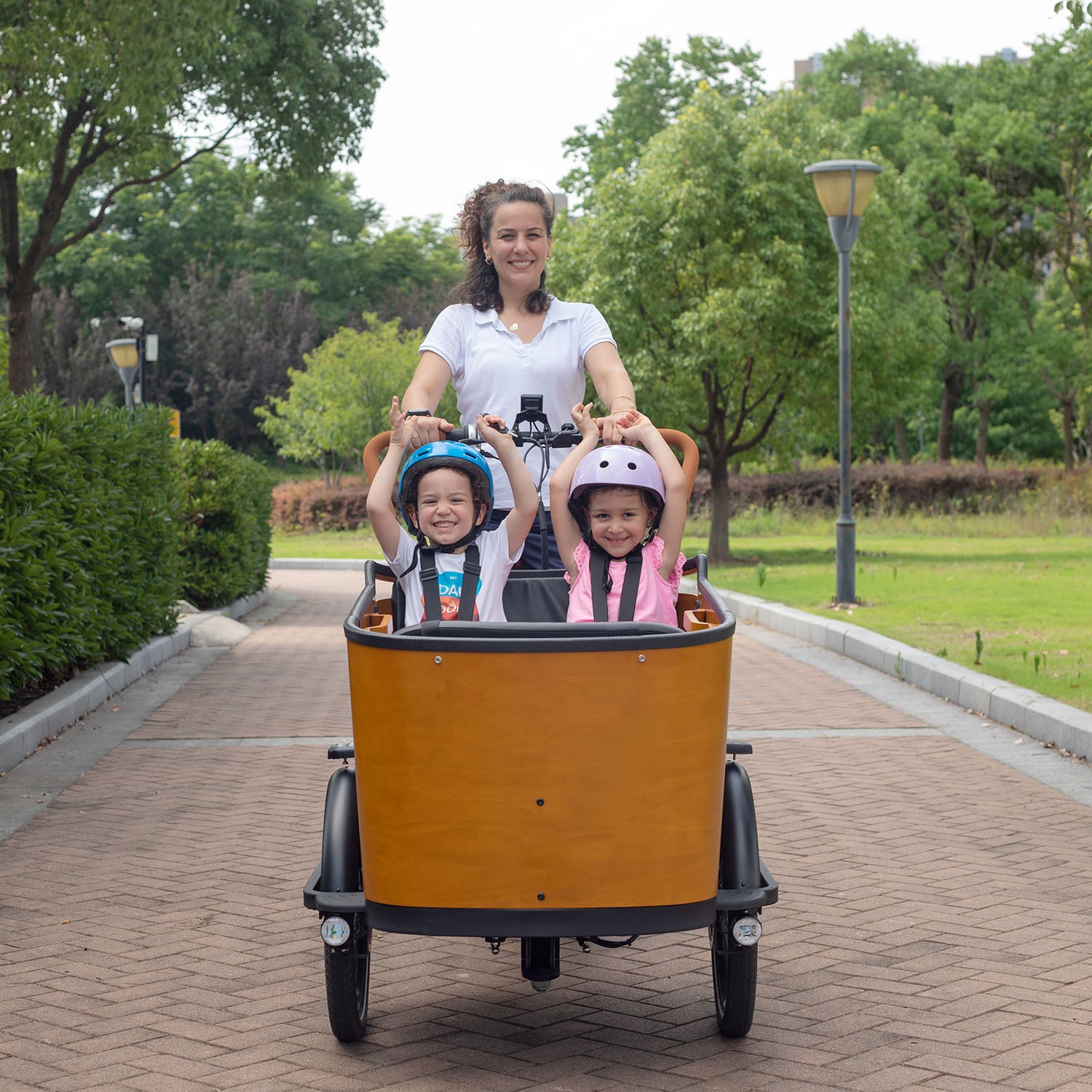
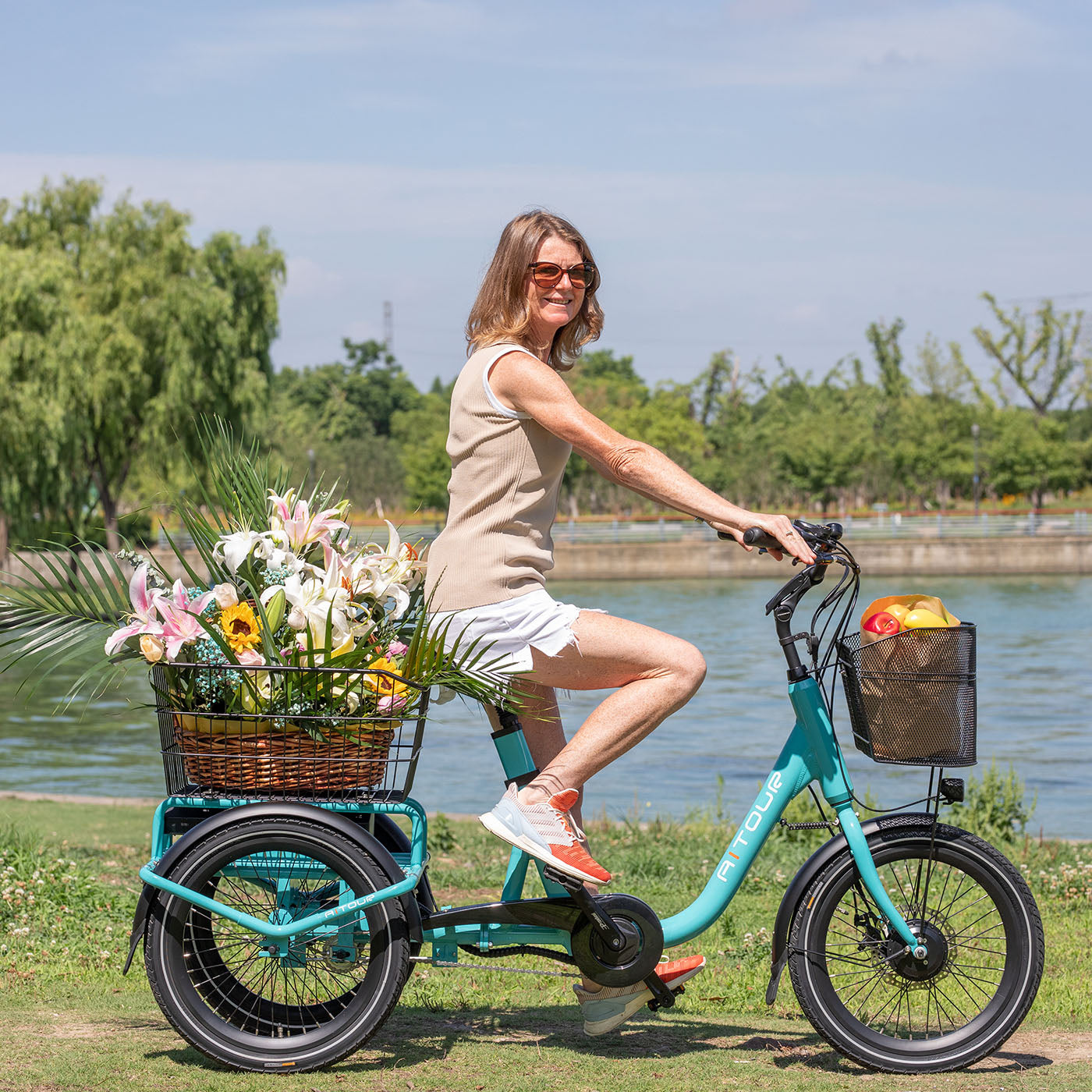
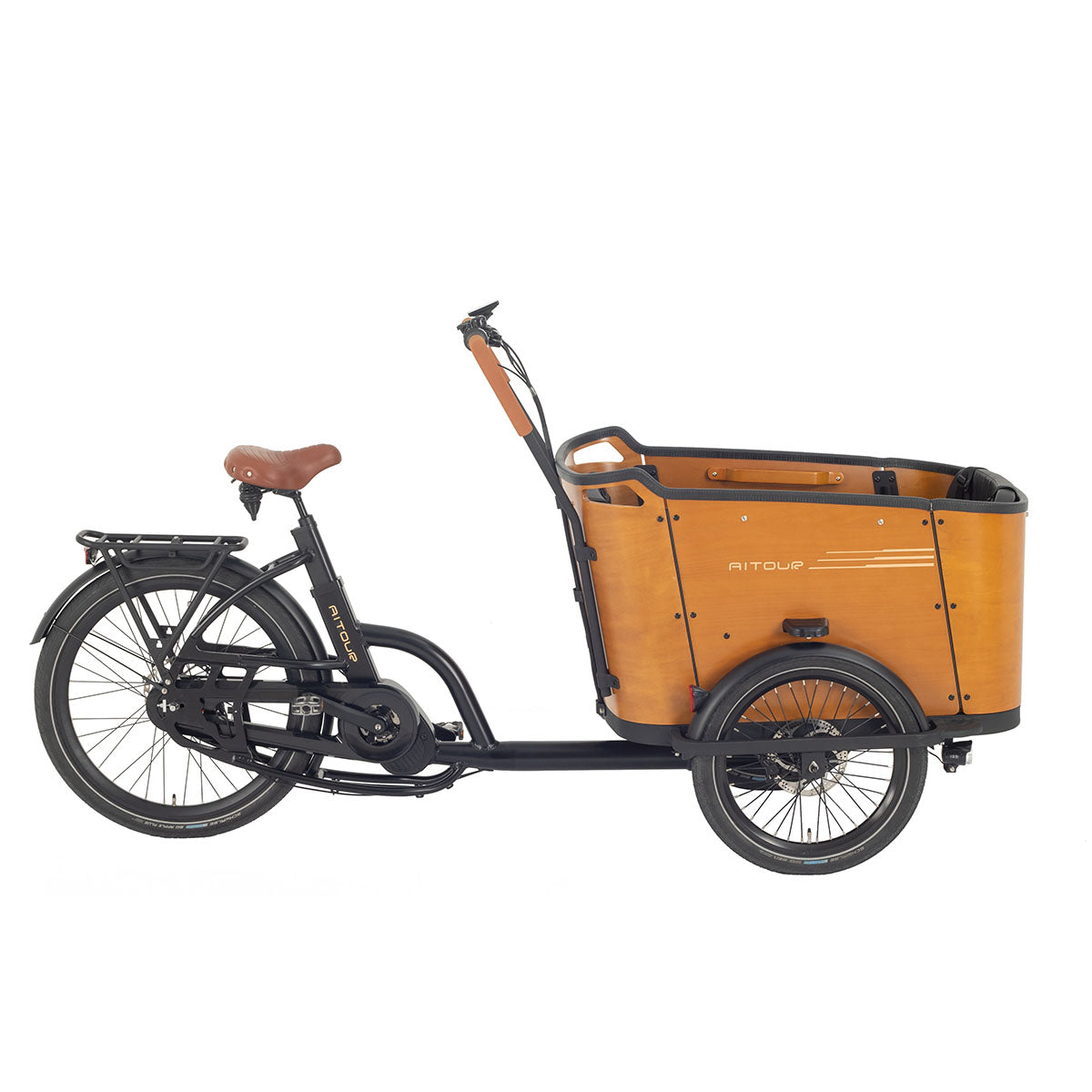
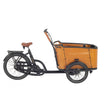
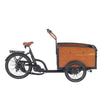
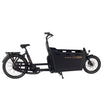
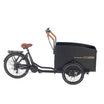
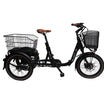
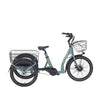
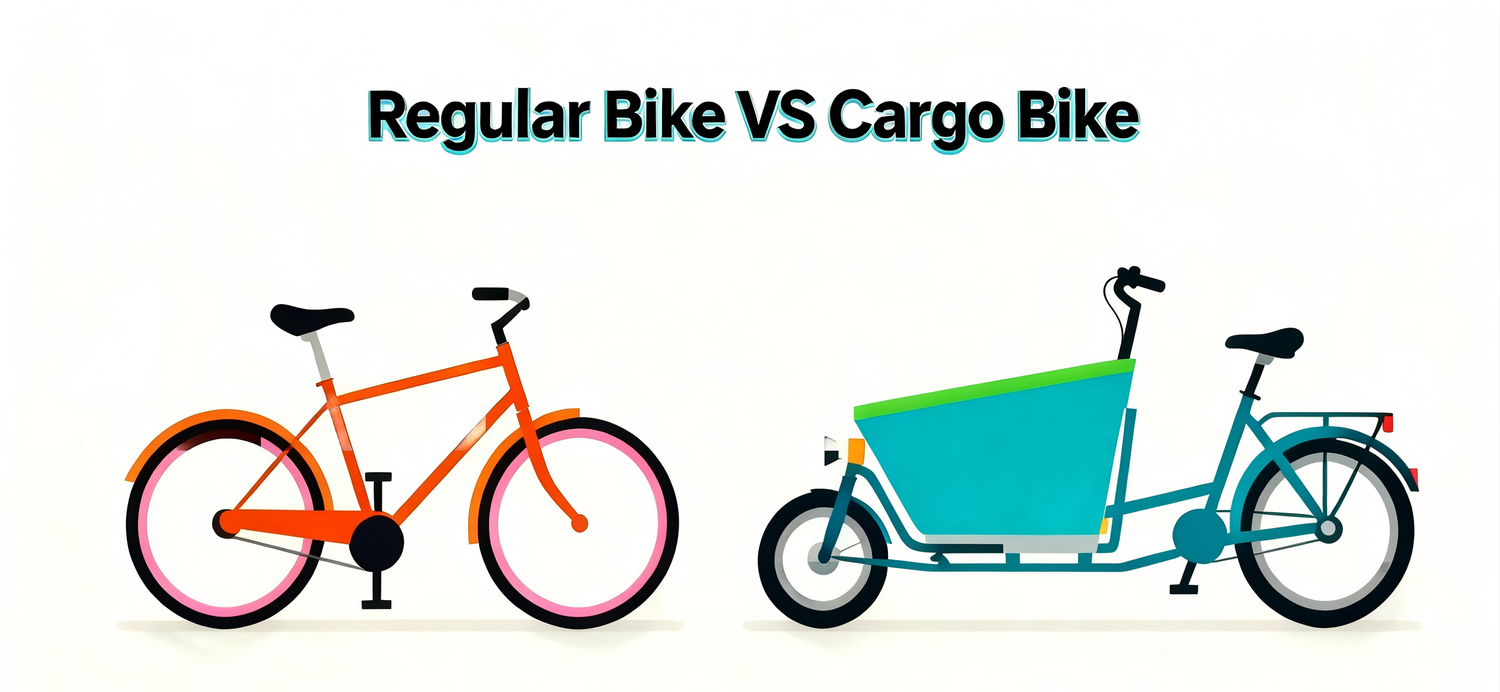
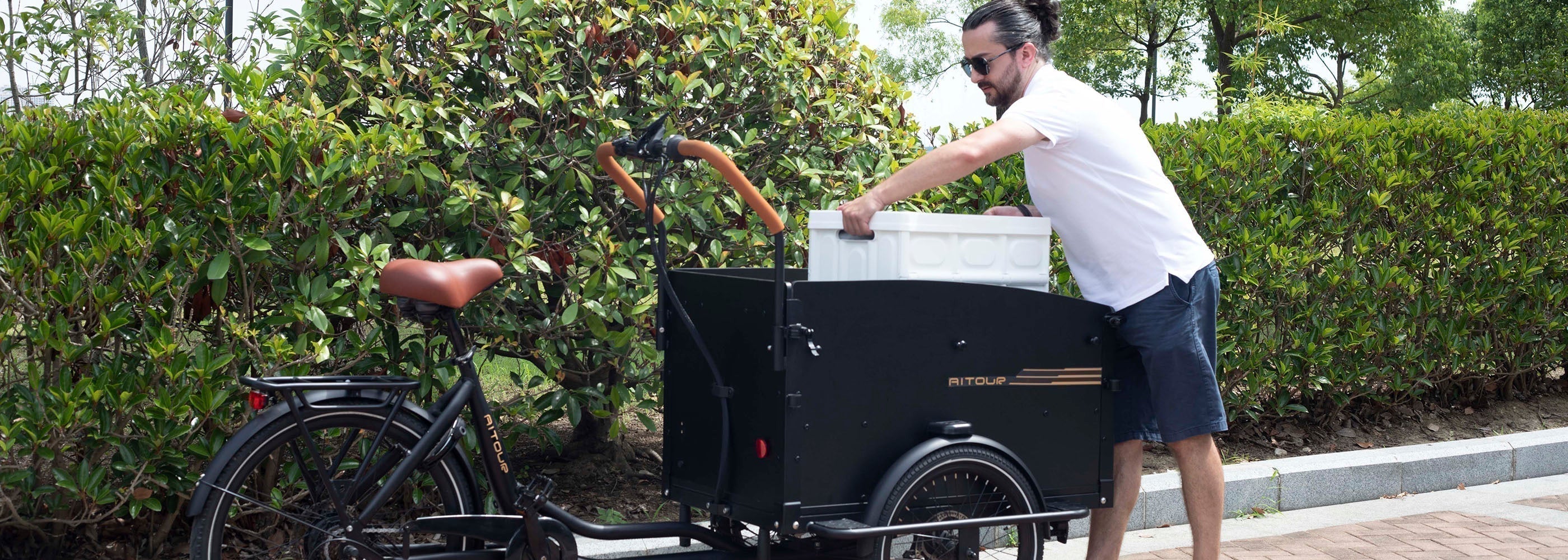
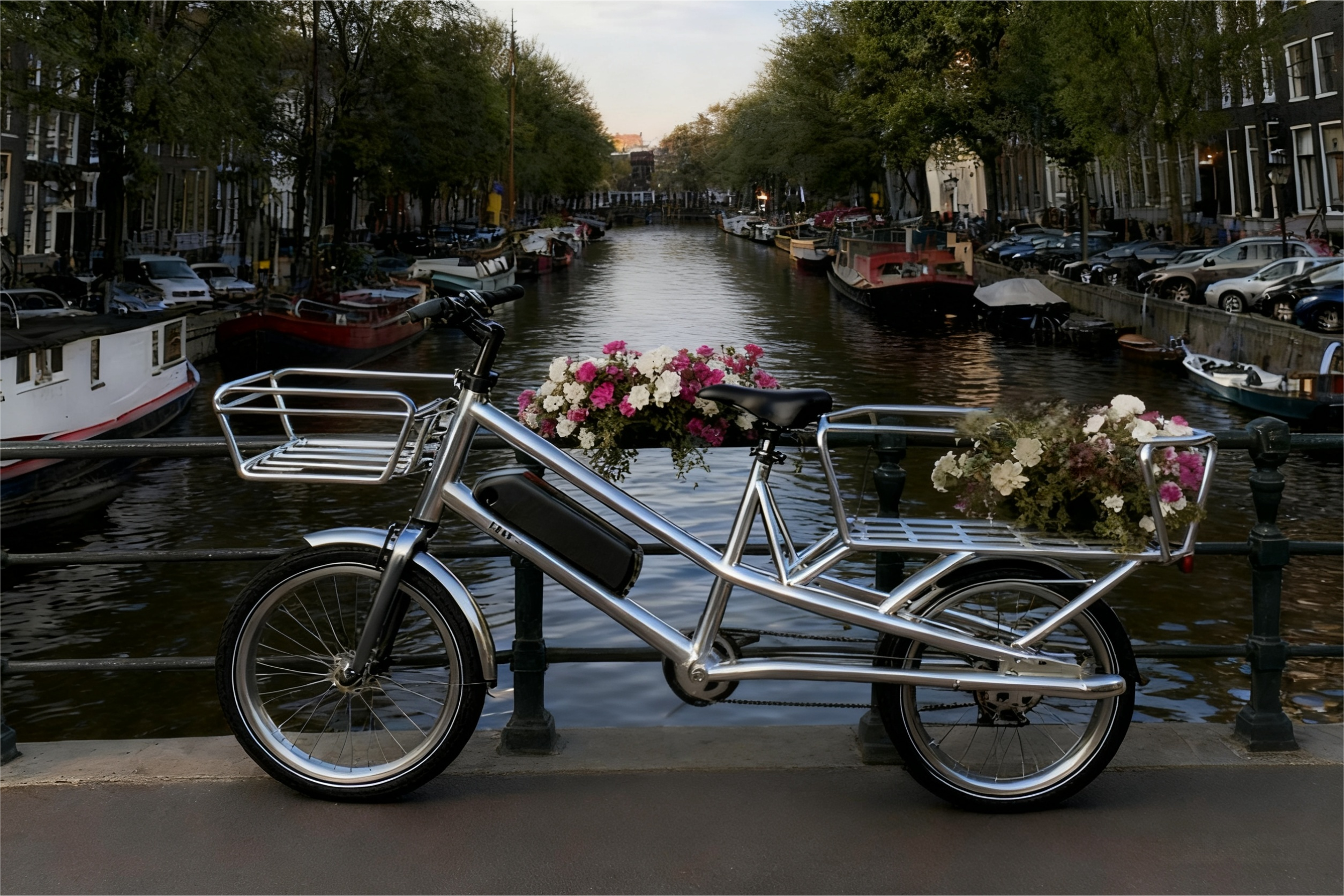
Leave a comment
All comments are moderated before being published.
This site is protected by hCaptcha and the hCaptcha Privacy Policy and Terms of Service apply.